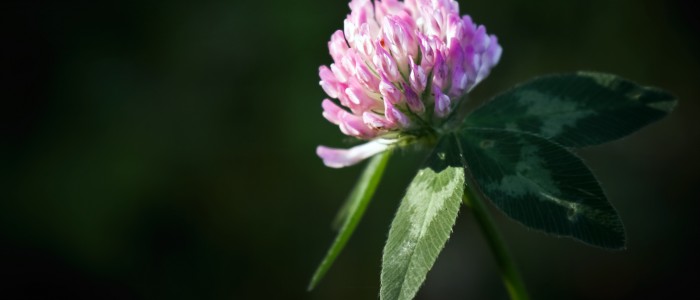-
 Turf Grass Seed Bluegrass, Bentgrass, Ryegrass, Fescues...
Turf Grass Seed Bluegrass, Bentgrass, Ryegrass, Fescues...
-
 Forage Seed Bromes, Clovers, Fescue, Wheatgrass, Legumes
Forage Seed Bromes, Clovers, Fescue, Wheatgrass, Legumes
-
 Grains Wheat Grain, Rye Grain
Grains Wheat Grain, Rye Grain
-
 Cover Crop Seed Buckwheat, Clover, Peas, Ryegrain
Cover Crop Seed Buckwheat, Clover, Peas, Ryegrain
-
 Wildflower Seed Mixtures, Singles, Annual, Perennial
Wildflower Seed Mixtures, Singles, Annual, Perennial
-
 Sprouting Seeds Fully certified Non-GMO Organic seeds for sprouts or microgreens
Sprouting Seeds Fully certified Non-GMO Organic seeds for sprouts or microgreens
Arrowleaf Clover
ARROWLEAF Clover: A winter annual legume successfully grown from eastern Texas to South Carolina and from Tennessee to the Gulf of Mexico, and in Western Oregon. Arrowleaf clover thrives on well drained sandy and clay soils, but is less tolerant of acid soils and low fertility than crimson clover. It does not tolerate alkaline soils or poor drainage. Arrowleaf clover has a long productive season, six to eight weeks longer in spring than crimson clover. Forage yield and quality are high, hard seed percentage is high, and there is a lower incidence of bloat. The thick, hollow stems are often purple. The flower head is initially white, later turning pink to purple. One cutting of excellent quality hay can be made in May if grazing is stopped by early April.
SEEDING RATE: 5-8 lbs/ac
Arrowleaf clover (Trifolium vesiculosum Savi) is an important legume species in the southeastern United States, where it is grown as a forage crop and winter annual cover crop. Over half a million hectares were grown in the US in 1992, according to one report. With proper management, this clover can fill an important niche in forage-animal production systems by extending forage growth into late April, May, and early June. Combined with cool-season annual grasses, arrowleaf clover can improve animal gain. As with any legume, the need for nitrogen input is reduced. Of the annual clovers commonly grown in the southeast, arrowleaf is the latest maturing. Originating in the Mediterranean region, arrowleaf clover is an annual species with smooth leaves and white flowers. Three varieties were released in the United States in the late 1950’s using plant introduction germplasm from Italy: Amclo, Yuchi, and Meechee. The main difference between the varieties are the progressively later maturity dates, respectively. However, Yuchi is by far the most commonly grown variety. Under moderate grazing pressure, healthy stands of arrowleaf clover can produce 3000 to 4000 lbs. of dry matter forage per acre. Depending on management practices, arrowleaf clover can achieve yield potentials that approach 7000 lbs/Acre. Arrowleaf clover is best suited for well-drained, sandy soils, with pH 6 to 7. The recommended seeding rate is 8 to 10 lbs. per acre. Re-seeding potential is good due to the high hard seed percentage – about 90%. Advantages of growing arrowleaf clover include its cold and drought tolerance, high forage production, and low bloat potential. With adequate soil moisture, growth can extend into mid-June in east Texas. [http://overton.tamu.edu/clover/RollIntro.htm]

